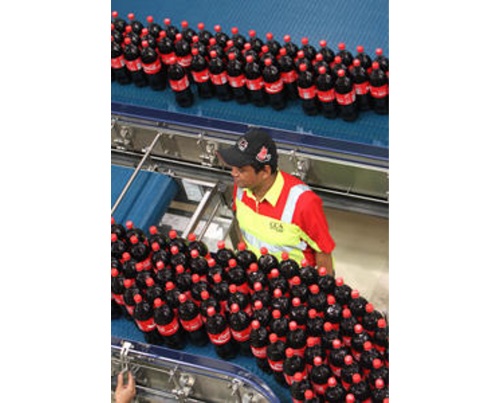The Coca-Cola Company and Coca-Cola Amatil (CCA) have commemorated the expansion of the Coca-Cola Amatil Indonesia (CCAI) Cikekodan Plant in Bekasi, West Java. This marks the first of several major investments being made as the Coca-Cola system in Indonesia invests US$500 million to accelerate growth in the next three to four years.
This incremental investment builds on the US$1.2 billion the Coca-Cola system has invested in Indonesia in the last 25 years.
In October 2014, The Coca-Cola Company announced plans to create a joint venture with Coca-Cola Amatil’s local Indonesia subsidiary to invest US$500 million in return for an ordinary equity ownership interest of 29.4%, with the funds invested into CCAI operations in Indonesia to support accelerated expansion of production, warehousing and cold-drink infrastructure.
This investment will have a multiplier effect on local jobs, taking the Coca-Cola system’s total direct and indirect employment in Indonesia from approximately 60,000 to a total of 135,000 within three to four years.
The investment is subject to CCA non-associated shareholder and Indonesian regulatory approval.
In the past three years, CCAI commissioned 18 new production lines, deployed 150,000 coolers and built three mega distribution centers to increase capacity and build local capability with total investments exceeding US$300 million.
Between now and 2020 the global nonalcoholic ready-to-drink beverage category is expected to grow in retail value by approximately US$300 billion.
Indonesia represents one of the fast-growing segments of this global opportunity.
With a population of more than 240 million people, the country boasts the world’s fourth largest population and a large, emerging middle class with underdeveloped consumption rates of nonalcoholic ready-to-drink beverages.
The Coca-Cola system has been operating in Indonesia for 88 years.
Currently, it markets 16 brands, operates 10 bottling plants across the country, directly employs more than 12,000 Indonesians with more than 200 sales and distribution centers, and serves directly more than 520,000 large and small retail outlets every week.











